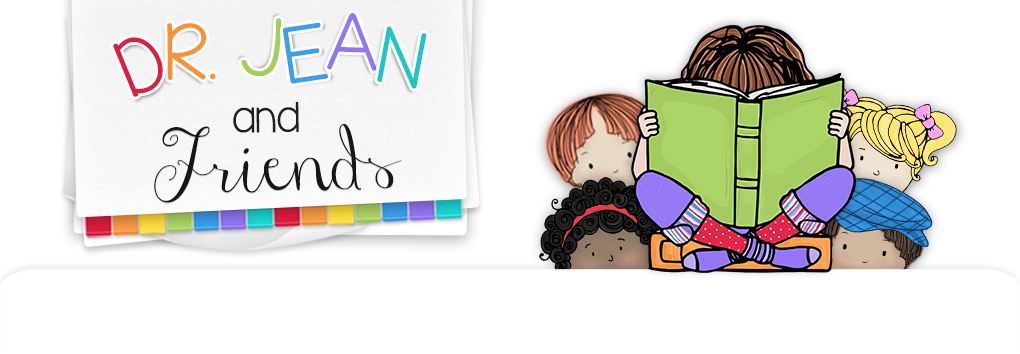Here are a few helpful hints when making games:
1. Limit games to one concept of skill.
2. Keep games short. Start simple and add more pieces to challenge
the children.
3. Use old workbooks, school supply catalogs, and recycled materials to construct games. (You might want to get parent volunteers to help you make them.)
4. Make games colorful and attractive. Laminate for a “longer life.”
5. Construct self-contained games for easy clean-up. Store pieces in zip baggies, clasp envelopes, pencil boxes, or plastic tubs.
6. Try to create games that are self-checking for immediate feedback.
7. Make games where all children are winners.
8. Demonstrate how to use games before you put them out. Model how to clean up and store pieces.
9. Use games in learning centers, with small groups, or when you have a few extra minutes in your day.
10. Let children check out games to take home and play with their parents or siblings.
These are a few of my “favorite games” that I have played with children over the years. Adapt them, change them, and, above all, have FUN with them!
Flippers
SKILLS: letters; sounds; math facts; contractions; antonyms, etc.
MATERIALS: spatula, poster board, markers
DIRECTIONS: Cut 3 ½” circles out of poster board. Write uppercase letters on one side and lowercase letters on the other. Place the circles on the floor or a table. Children name the letter on one side, and then flip it over to self-check.
 Hint! Craft foam and corrugated cardboard also make good flippers.
Hint! Craft foam and corrugated cardboard also make good flippers. More! Write words on one side and glue matching pictures on the back.
Write children’s names on one side and glue their picture on back.
Put pictures on one side and initial consonants or vowels on back.
Put sets, number words, or math facts on one side and the answer on
 the reverse side.
the reverse side. Write antonyms on opposite sides.
Write two words on the front and the contraction on the back.
What’s Up, Pup?
SKILLS: phonics; rhymes; sets and numerals; math facts
MATERIALS: Construction paper, scissors, markers, old workbooks, glue
DIRECTIONS: Cut puppies out of construction similar to the one shown.
Cut pictures of familiar objects from workbooks. Glue a picture on the puppy’s tummy and the corresponding initial letter under the ear. Children identify the sound and then check by lifting the ear.
More! Use this pattern for matching upper and lowercase letters, words and pictures, math facts, etc.
Gone Fishing
*Does anybody play this game any more? My class used to LOVE it! Bet yours will as well!
SKILLS: letter recognition; high frequency words; numeral recognition, math facts
MATERIALS: construction paper, paper clips, magnet, string, stick
DIRECTIONS: Cut out fish from the construction paper similar to the ones shown.
Write a letter or word on each fish. Attach a paper clip or brad fastener to each fish. Tie a magnet to the end of a 20” piece of string. Tie the other end of the string to the stick to make a fishing pole. Children spread the fish on the floor, and then try to catch a fish with the magnet on the end of the pole. If they can identify the information on the fish, they may keep it.
Zap!
SKILLS letters; words; phrase cards; math facts; shapes, etc.
MATERIALS small can with a smooth edge (such as one from chips,
frosting, etc.), large craft sticks, markers, construction paper
DIRECTIONS Cover the can with construction paper and write ZAP! on it as shown.
On the bottom of sticks print words. On several sticks write “ZAP!” Place all the
sticks in the can with the words towards the bottom of the can. Have the children
sit in a circle. One at a time, children hold the can and pull out a stick and identify
sticks to the can. Continue passing the can until there is one person left.
Hint! If children can’t identify the information on their stick, let them “phone a friend” for the answer.
More! For older students, add sticks that say, “You get two turns.” “Take a peek.” “Loose a turn.” “Skip.”
There are many variations of this game from “Boom!” to “Wiggle Worms!”
Hint! If children can’t identify the information on their stick, let them “phone a friend” for the answer.
More! For older students, add sticks that say, “You get two turns.” “Take a peek.” “Loose a turn.” “Skip.”
There are many variations of this game from “Boom!” to “Wiggle Worms!”
(They have to wiggle like a worm when they pull this stick.) You can also adapt this
game for different holidays or units of study. For example, in October you could use skeleton stickers and the children could “shake their bones.” In January glue a snowman and they have to shiver.



